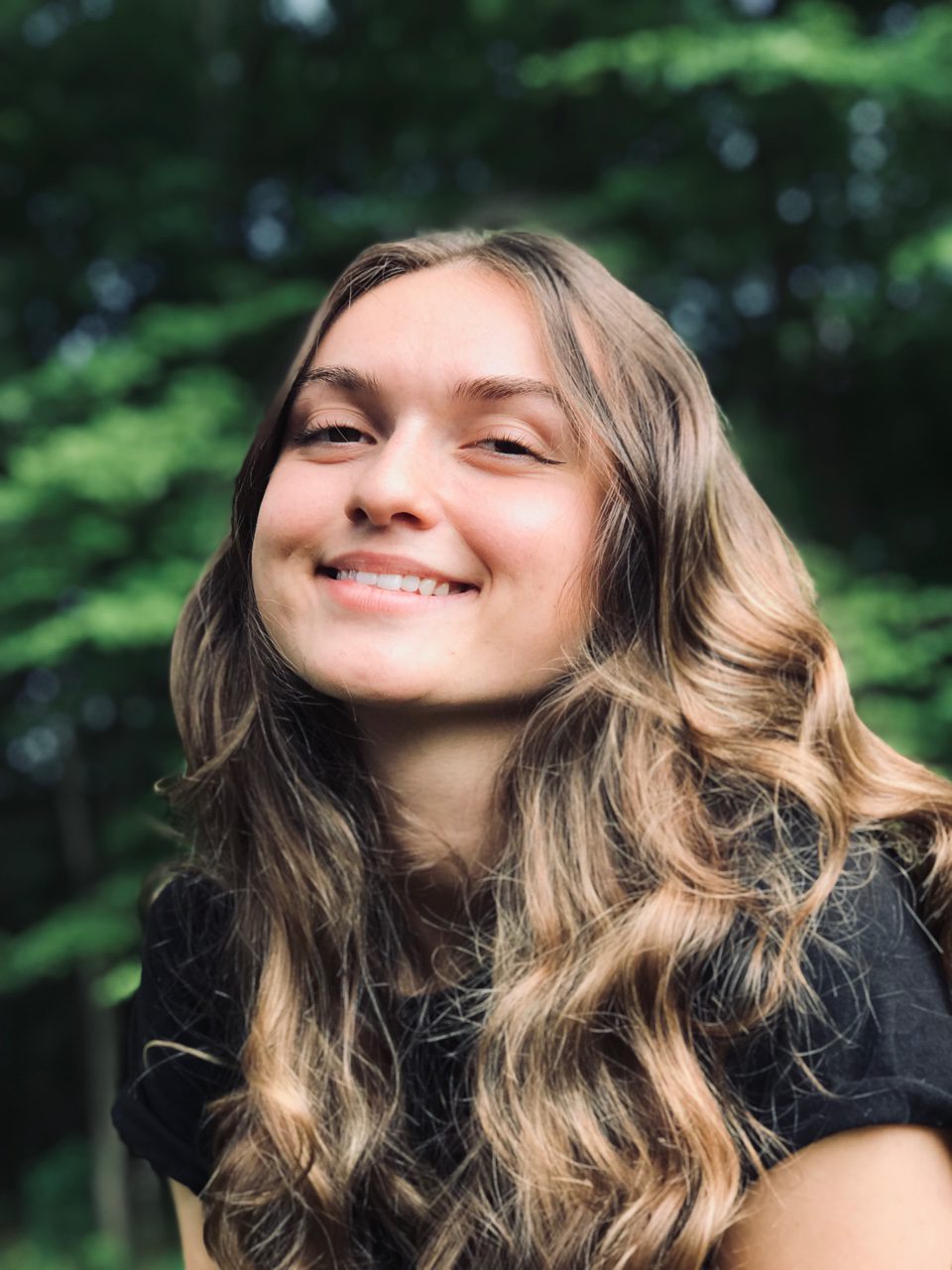Written by Shannon Leidig for the RSDSA blog.
Everyone who knows me knows how much I love music (classical as well as Broadway show tunes). Music has always been a huge lifeline for me, even more so the past four years as it rescued me from the pits of hell battling the beast known as RSD/CRPS. Being diagnosed with this during my freshman year of college detoured what I started out majoring in; however, it has been my one steady constant. Today as I was playing with my eight-year-old Bichon, Finian Blue, I was listening to my tunes and this song from Dear Evan Hansen “You will be Found” hit me like a ton of bricks. I have heard this song before; however, today it literally sucker punched me and made me really stop and think that ‘I am not Alone during this battle with RSD/CRPS.
Have you ever felt like nobody was there?
Have you ever felt forgotten in the middle of nowhere?
Have you ever felt like you could disappear?
Like you could fall, and no one would hear?
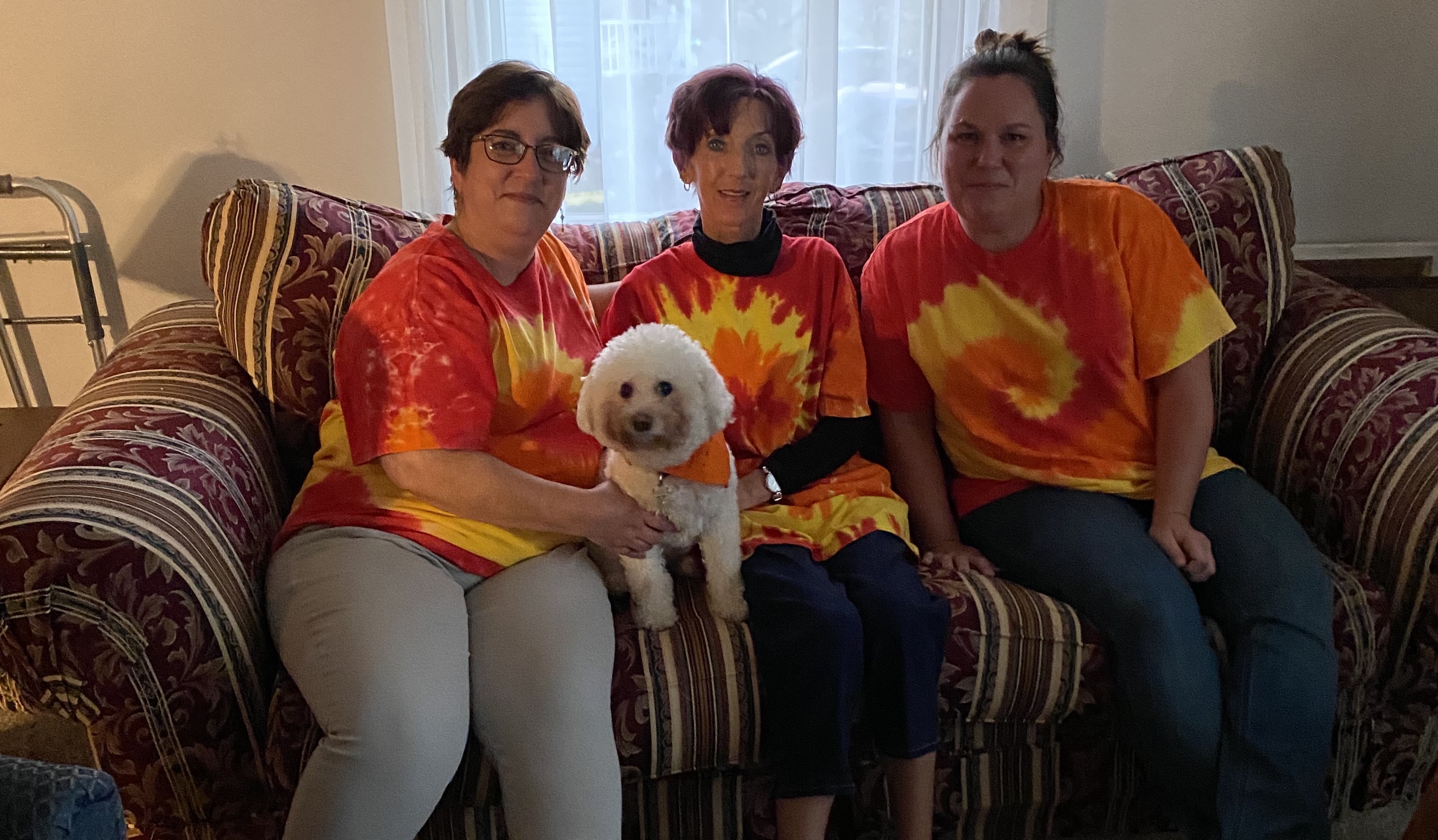 RSD/CRPS does not care if you are young or old or what stage of life you are in as it will strike you when you least expect it putting you on a slippery sliding slope with what is more downhill than uphill. You feel as though nobody gets it and nobody understands as they all look at you as though you have a bazillion heads. So, you put on a brave face for everyone else and when alone you cry buckets of tears as the pain is so intense even shower water hurts! Family and friends say “I got you” or “I am here all you have to do is ask and I got your back,” yet when push comes to shove you are all alone because nobody GETS IT! Have you ever felt like nobody was there? That no one gave a dang, nobody cared and that you were the only one who felt the way you do? YOU ARE NOT ALONE!
RSD/CRPS does not care if you are young or old or what stage of life you are in as it will strike you when you least expect it putting you on a slippery sliding slope with what is more downhill than uphill. You feel as though nobody gets it and nobody understands as they all look at you as though you have a bazillion heads. So, you put on a brave face for everyone else and when alone you cry buckets of tears as the pain is so intense even shower water hurts! Family and friends say “I got you” or “I am here all you have to do is ask and I got your back,” yet when push comes to shove you are all alone because nobody GETS IT! Have you ever felt like nobody was there? That no one gave a dang, nobody cared and that you were the only one who felt the way you do? YOU ARE NOT ALONE!
I started thinking, what can I do so other RSD/CRPS Warriors do not have to feel like they are on their own battling yet feeling like you are so beaten down? There are people who care and want to help. All you have to do is reach out and grab hold of their hand, and they will help carry you through!
Then it hit me: I know what I can do to raise awareness so others are not alone. The last four years have shown me how much this is needed. There is much more awareness now than when I was diagnosed 31 years ago, but there is a heck of a long way to go. During one of the darkest times a friend reached out and asked what can we do, and before we knew it, the Orange Train began to board to leave the station. I reached out to a few of my friends who have been there through the good and more so the bad – Allison, Amy and Roz were asked if they would help with awareness – and they said sure thing.
We started meeting by Zoom thanks to COVID. We really wanted to get on the awareness train in 2020 but COVID gave us a whopper of a detour. However, Allison, Amy and Roz never faltered in their steps of support. We started meeting at least once a month (and sometimes two!) to discuss our ideas for what we call Operation Orange. Thanks to RSD/CRPS, there were many times meetings had to be rescheduled and I hated to do that as the three of them work and have families. Were they upset? NOPE as THEY GOT IT! They said, “We are your arms and legs when you feel like you cannot go any longer. We will be your voice when you cannot speak as the pain just grips you.”
Finally, “I have been Found.”
Well, Let that lonely feeling wash away
Maybe there’s a reason to believe you’ll be okay
‘Cause when you don’t feel strong enough to stand
You can reach, reach out your hand
I recall quite vividly the dark and lonely nights sobbing in bed feeling as though I let them and everyone down as my head says go yet my body betrays me yet again as it fights this terrible Painful Beast that just does not stop! However, Allison, Amy and Roz GOT IT. They are here for me no matter what through the good and bad, the pretty and the ugly, the light and the dang dark and dangerous days when thoughts start to drift. It just warms my heart as here is a small group of people who want to do something.
And oh, someone will come running
And I know, they’ll take you home
Even when the dark comes crashing through
When you need a friend to carry you
And when you’re broken on the ground
You will be found
RSD/CRPS impacts every area of your life no matter how fast you try to outrun it. It will grab your mind, your body, your life, the lives of those who matter and mean the world to you. You feel alone, crying alone in the night, wondering WHY. WHY now, WHY this, WHY me? The tears start to flow, and they cannot be stopped. Why can’t someone help me? I need you and where is my Orange Train of people who want to be my arms and legs? Are they genuinely saying this or is it just more BS that I am tired of? I need help! Please are you there to help me?
They were reaching out their hands for me. They were NOT going to let me fall. They were going to carry me through the good and bad, no matter how ugly it got. They were there. . . and I wanted others who battle this beast to know that they are NOT alone. And here comes the Train. I have been found. Reach out your hand we will grab hold and hang tight NOT letting you go!
Out of the shadows
Morning is breaking
And all is new, all is new
It’s filling up the empty
And suddenly I see that
All is new, all is new
You are not alone
You are not alone
We finally planned and had our first Operation Orange Paint Day on July 18, 2021 and almost twenty folks were there. WOW. People were there to support me and those of us who deal with this beast – not only the RSD Warriors but those in our families – who sit by and want to help but do not know how and friends who mean it when they say, “We have found you and we will help you.” We raised almost $700 for RSDSA. We want others to be found and not battle this alone. RSDSA posted our pictures on their Facebook page, and we have found others who want to be a part of our event. Our Orange Train started planning more events and I just want to cry. Finally, we are making a difference. We are finding others who are not alone. We can battle together.
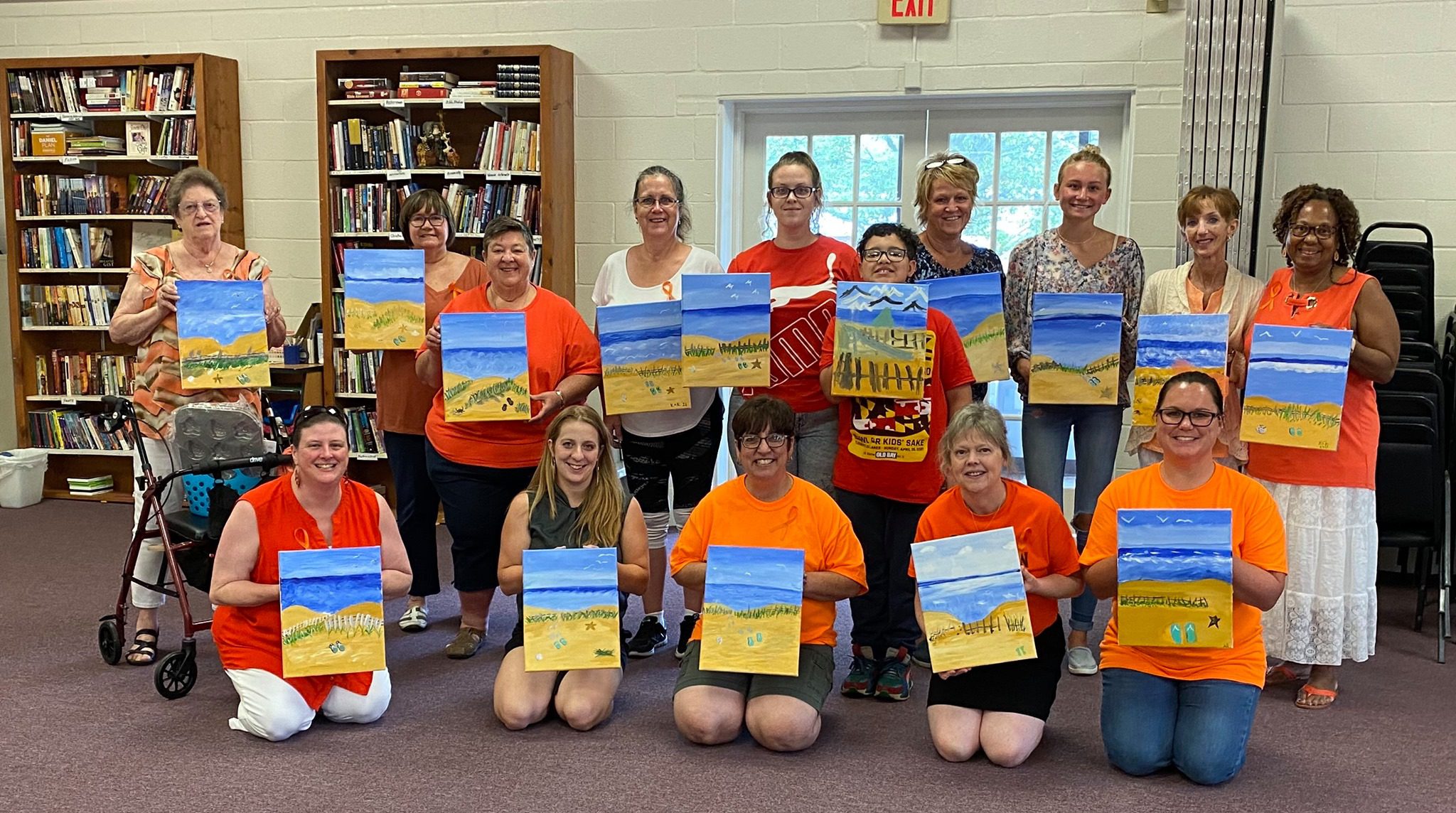
We scheduled another paint day for Sunday, October 24, 2021 and we had generated a lot of interest. It was looking like we were going to have a great turnout for our October event and then people on the RSDSA page started asking where we were located and why they can’t have their own local paint day? The idea started to percolate on doing a virtual event! I talked with Jeri at RSDSA, my Train as well, as our instructor Kathy and we then had a virtual event that brought people from all over the United States together to make a difference by FINDING others, so we are NOT alone as we battle this catastrophic illness!

I am left speechless (which is a rarity for me), but for the first time in a very long time we have people who care. The days are not as dark though there are still a lot of storms and tornados, but for the first time in months I feel the support from so many. 31 years ago when I was diagnosed with RSD/CRPS, there was not much known. We had nowhere to turn and we honestly felt that nobody gave a dang and nobody cared. We have a long LONG way to go, but we are being FOUND!
I want to thank my parents, John and Mary Ann Schildt, as well as Susan, the most amazing sister anyone could ever ask for, my precious fur babies, Finian Blue and Luna, as well as those on the Orange Train, Allison, Amy and Roz, as well as those who are not named but who are part of the Ripple Effect. You all are my heart and I am truly blessed knowing I have been found!
Even when the dark comes crashing through
And you need someone to carry you
When you’re broken on the ground
You will be found
When the sun comes streaming in
Cause you’ll reach up and you’ll rise again
If you only look around
You will be found
Words and Music from “You Will Be Found” from the Broadway Musical ‘Dear Evan Hansen’
Please consider making a donation to RSDSA today!

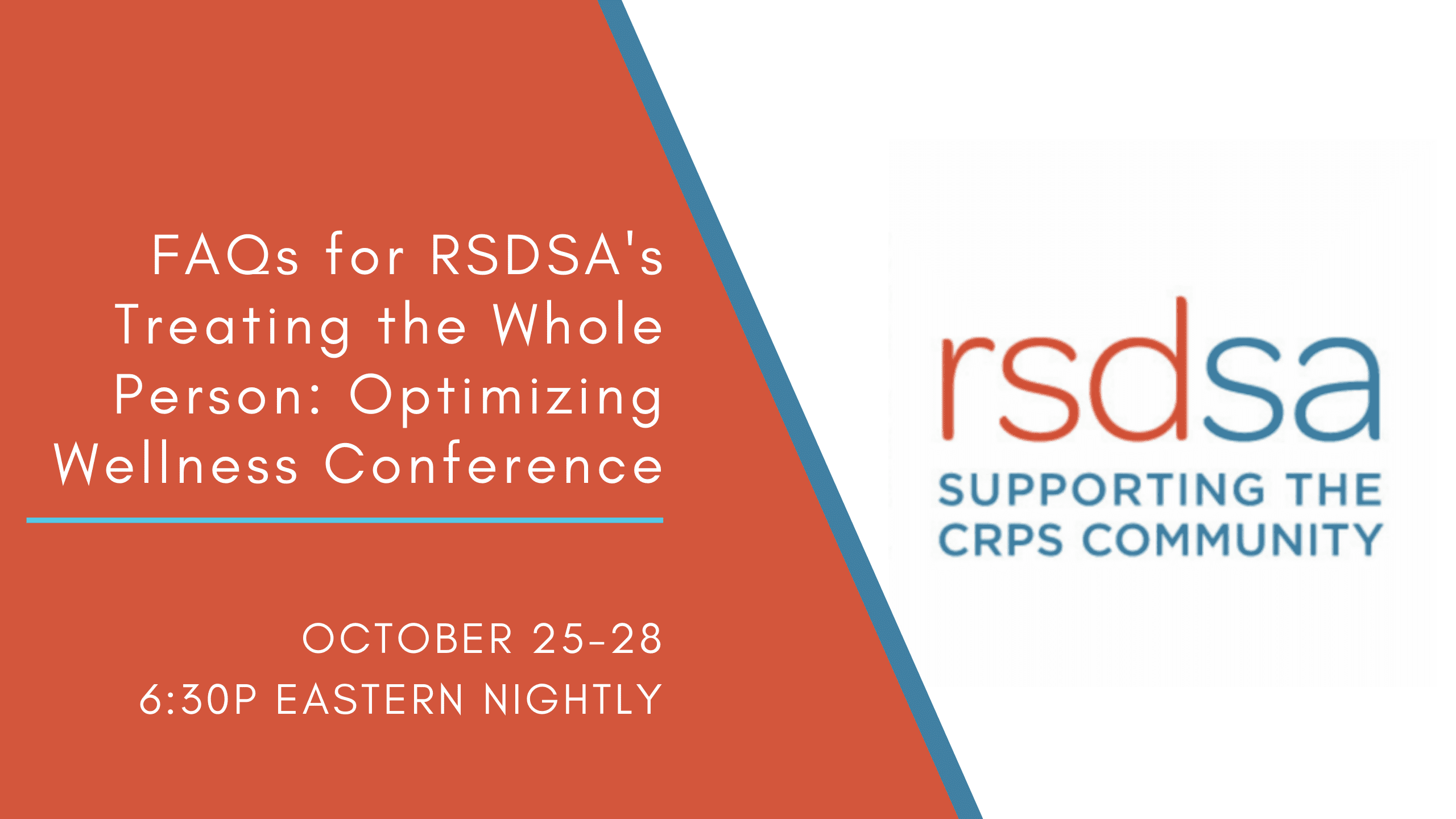
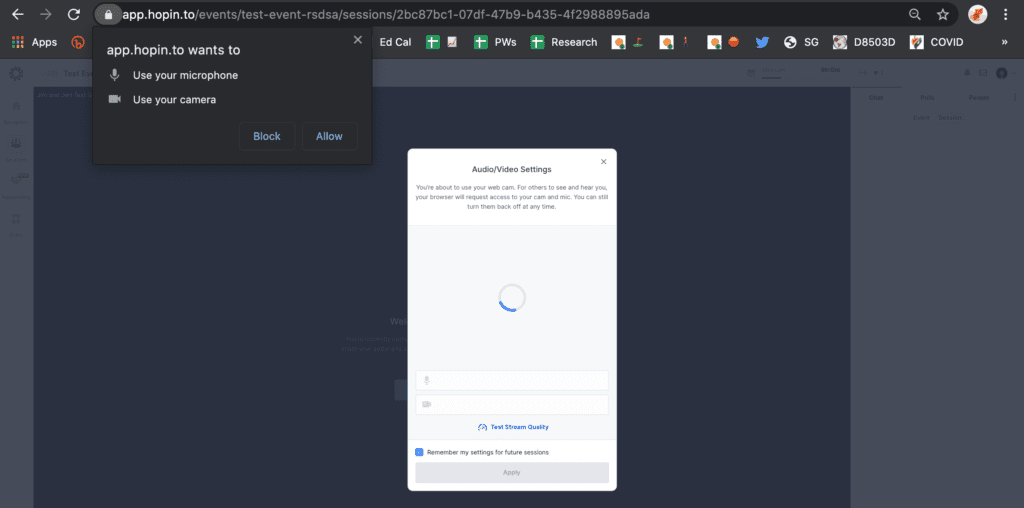
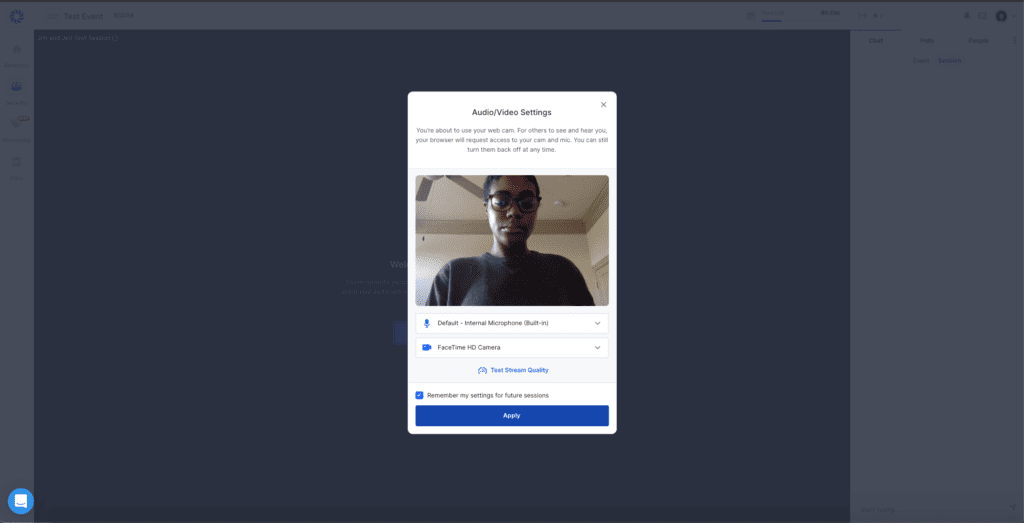
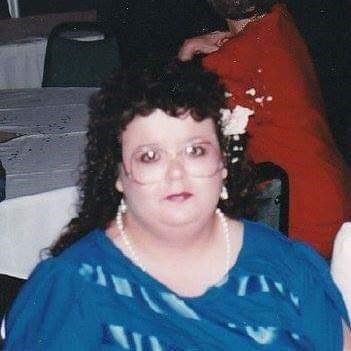 How and when did you develop CRPS/RSD?
How and when did you develop CRPS/RSD?

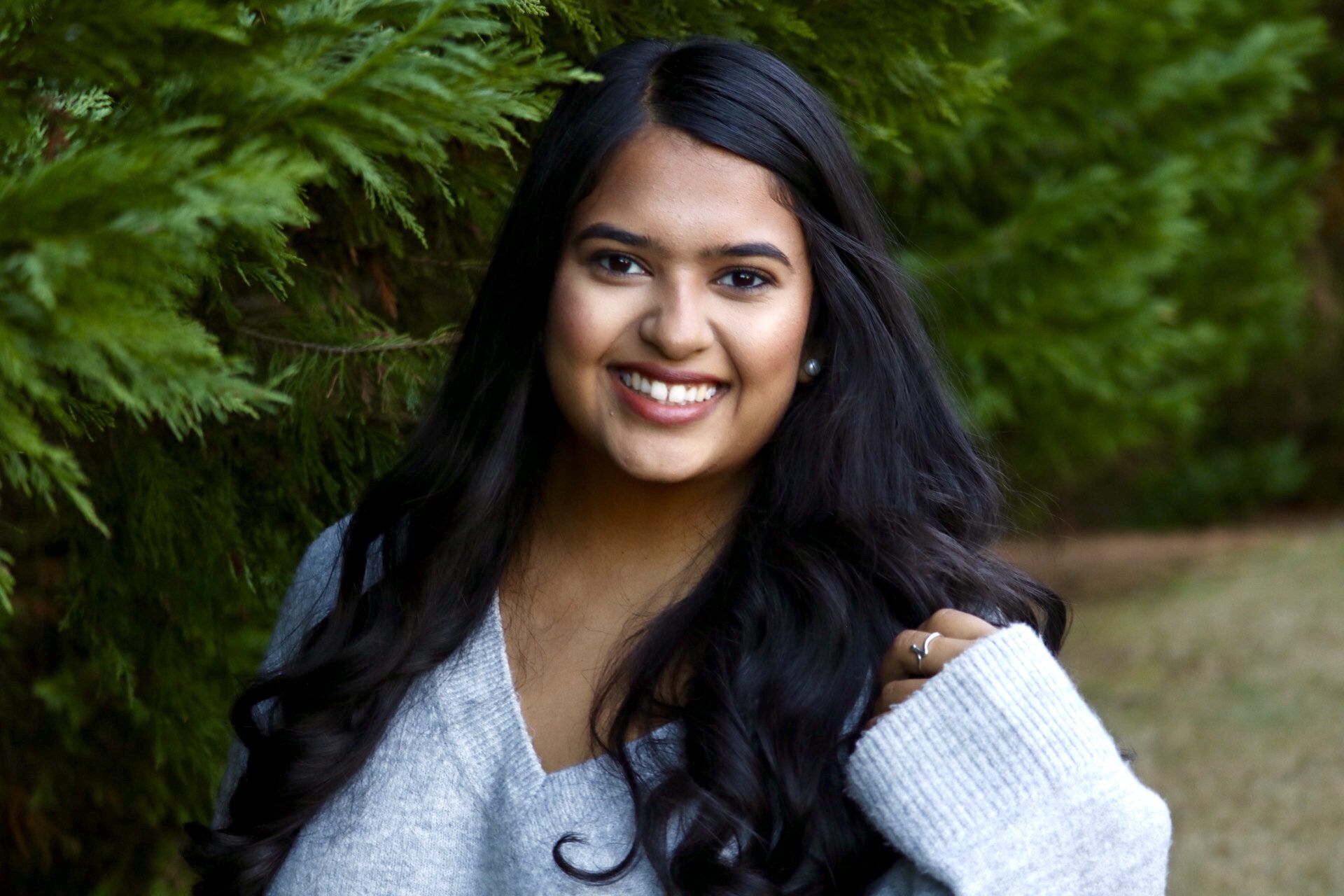 How and when did you develop CRPS/RSD?
How and when did you develop CRPS/RSD?